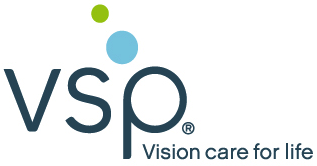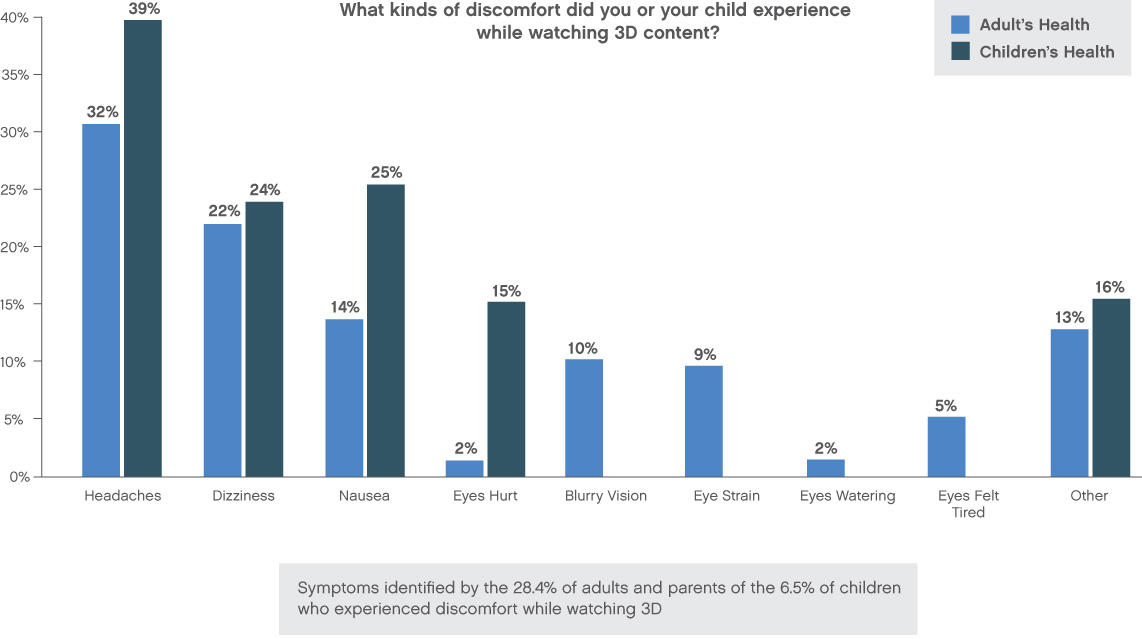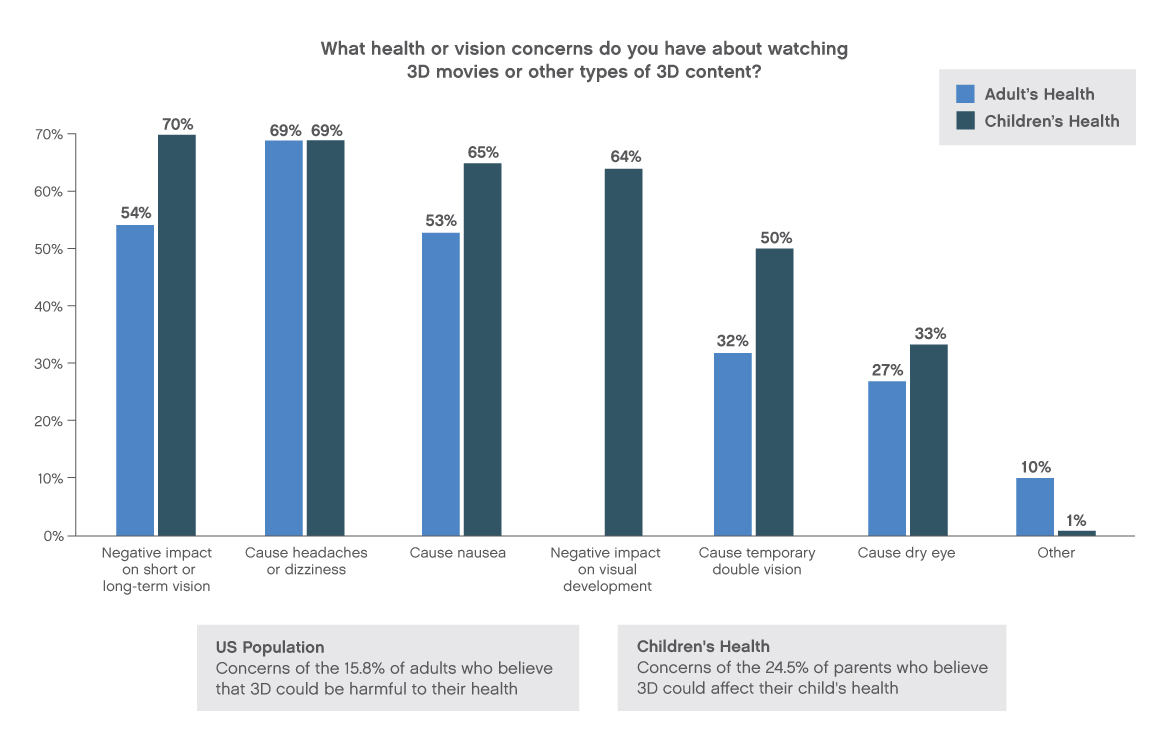 VSP Vision Care announced that, according to a study it commissioned, one quarter of parents surveyed erroneously believe that watching 3D content will harm their child’s health and/or vision.
VSP Vision Care announced that, according to a study it commissioned, one quarter of parents surveyed erroneously believe that watching 3D content will harm their child’s health and/or vision.
For more information visit: www.vsp.com
Unedited press release follows:
One in Four Parents Concerned About Health and Vision Risks Associated With Children Watching 3D Content
Study finds parents are misinformed about impact of 3D on children’s health
RANCHO CORDOVA, Calif., May 25, 2011 — According to a new study regarding attitudes toward 3D content, one quarter of parents erroneously believe that watching 3D content – such as movies, television shows and video games – will harm their child’s health and/or vision.
While only 6.5 percent of parents identified that their children experienced discomfort watching 3D content, they still cited major concerns about the negative effects consuming this content had on their children’s health and vision. Of those parents who expressed concerns, the study showed:
• 70 percent believe 3D will negatively impact short-term or long-term vision
• 69 percent believe 3D will cause headaches or dizziness
• 65 percent believe 3D will cause nausea
• 64 percent believe 3D will negatively impact visual development
With the popularity of 3D showing no signs of slowing down – 49 percent of parents took their child to see a 3D movie last year, and 56 percent plan on taking them to a 3D film this coming year – survey results found that some parents are misinformed about how 3D technology actually affects vision and whether or not it causes short- or long-term damage.
“There are many misconceptions surrounding the true impact that 3D plays on a child’s health and vision,” said Dr. Justin Bazan, a VSP provider based in Brooklyn, NY. “There is no medical evidence that 3D is harmful to a child’s visual development or that it causes short- or long-term damage. To the contrary, 3D technology can actually help detect underlying vision problems, which are often the cause of the discomfort some 3D viewers experience.”
Dr. Bazan continued, “If a child has difficulty appreciating 3D effects or experiences discomfort while watching 3D, it’s a good time to take him or her to the eye doctor for a comprehensive annual eye exam. This holds true for adults, too.”
Adults in the study showed a much higher level of discomfort while watching 3D content compared to children. Nearly one-third (28 percent) of adults experienced discomfort while watching 3D. Headaches (32 percent) and dizziness (22 percent) were the top two complaints, followed by nausea (14 percent) and blurry vision (10 percent).
“When viewing any screen – from a computer, to a hand-held device, to a movie theater screen – moderation is always best. 3D is no exception. Symptoms associated with viewing 3D content, such as headaches, dizziness and nausea are short-term and will only last while watching the 3D content,” said Dr. Bazan. “A good technique to mitigate discomfort while watching 3D is to follow the 20/20/20 rule. Every 20 minutes, look at something 20 feet away for 20 seconds to give your eyes a rest.”
The study was commissioned by VSP® Vision Care, the largest not-for-profit vision benefits and services company in the United States with 56 million members.
Research Methodology:
The nationwide, online survey was conducted by Knowledge Networks. The survey elicited 1,010 responses from April 11, 2011 to May 3, 2011. Due to the sample size, the results are representative of the whole U.S. population.
About VSP Global
VSP Global(SM) includes VSP Vision Care, the largest not-for-profit vision benefits and services company in the United States with 56 million members; Marchon® Eyewear Inc., one of the world’s largest manufacturers, designers and distributors of quality fashion and technologically-advanced eyewear and sunwear; Eyefinity®, the eyecare industry’s premier provider of innovative business solutions that improve practice management and the patient experience; VSP Optics Group, industry leaders in new technologies, production processes, service and logistics.
Since 1997, VSP has provided more than 619,4000 low-income, uninsured children with free eyecare. Through relationships including those with the American Diabetes Association and Prevent Blindness America, VSP promotes the importance of annual eye exams for maintaining eye health and overall wellness.

